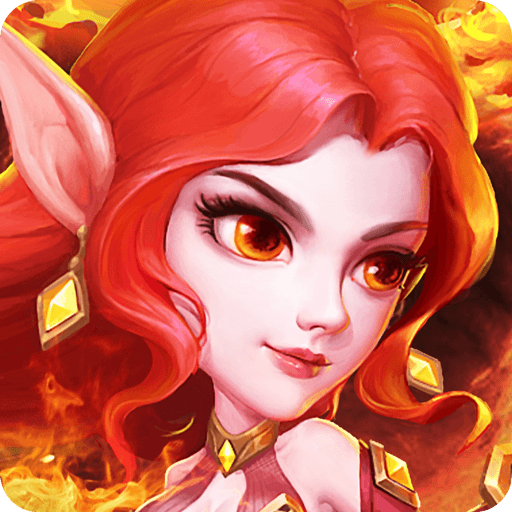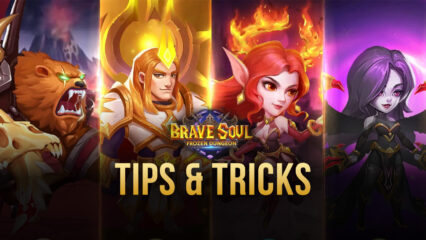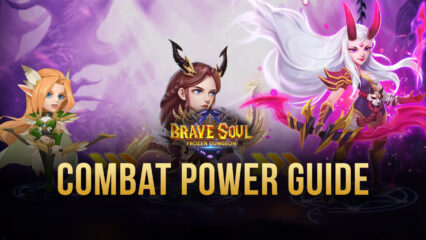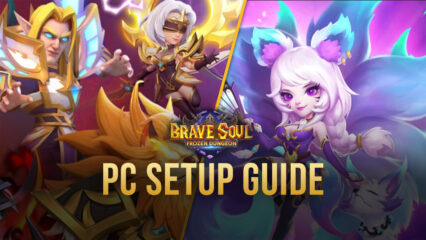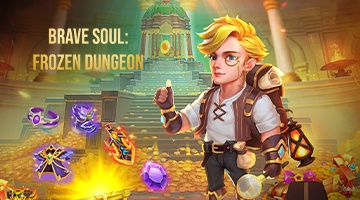Brave Soul: Frozen Dungeon - Teambuilding Guide
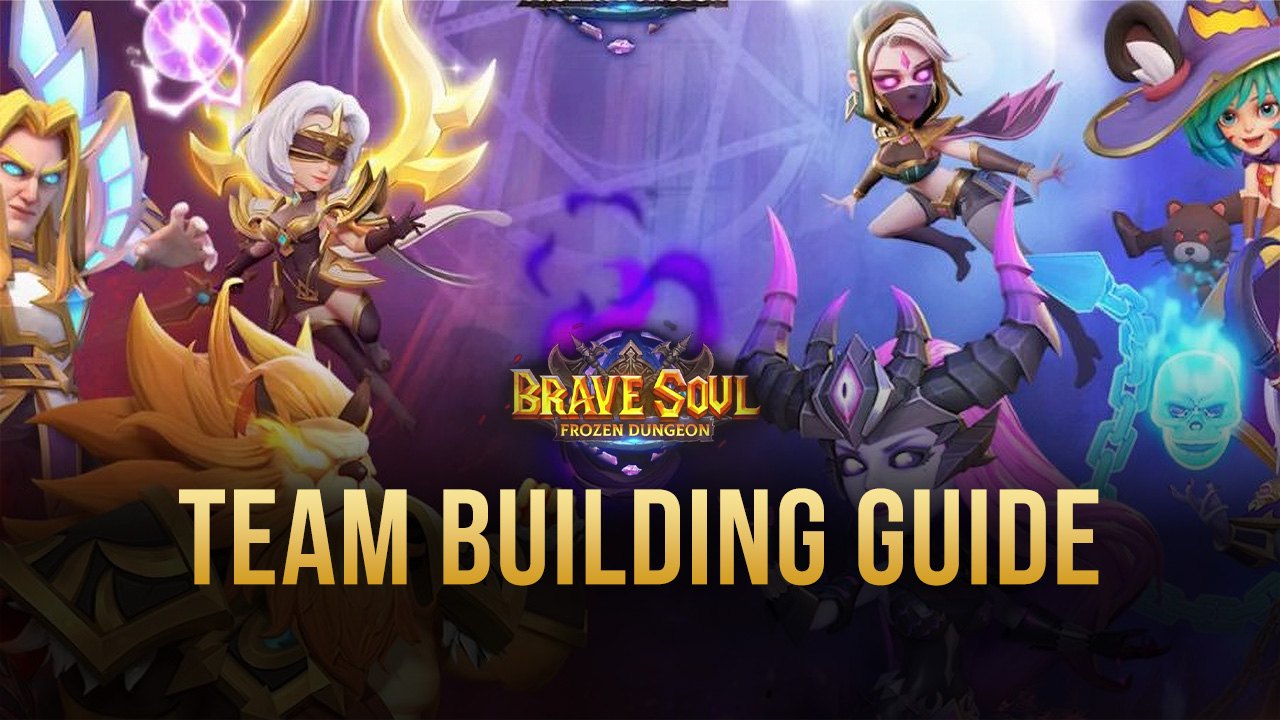
Building a solid team in Brave Soul: Frozen Dungeon can be daunting, but players don’t realize how easy it can be. Assembling the heroes is the easiest part, but understanding how each has its strengths makes them a perfect fit in specific teams can be confusing if you haven’t played games from this genre before. If you have no idea how to build a team in games like these, it’s time to learn about the fundamentals of teambuilding with this guide.
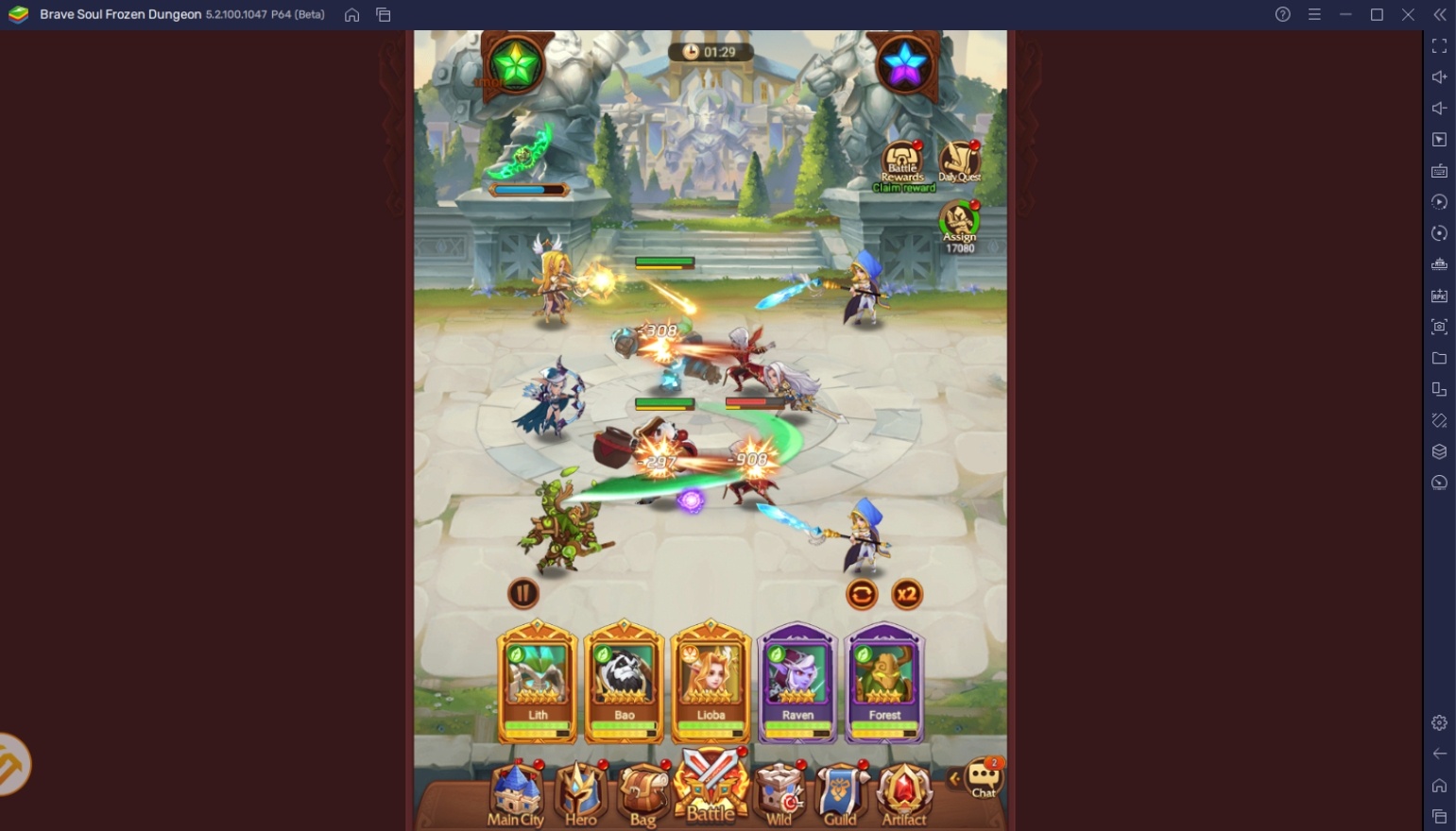
Brave Soul: Frozen Dungeon features a ridiculous number of characters that give players a tough time choosing which ones to include in their teams. Most players are mashing all their highest-rarity heroes in one team, hoping that the difference in raw stats can compensate for not having an organized structure. This can work, but only if you don’t have better options, which we’ll be introducing to you by teaching how each mechanic works in the process of building a team.
Elemental Affinity
Elemental affinity is the most essential part of team building in Brave Soul: Frozen Dungeon. Each hero has a specific elemental affinity, which is used to determine strength, weakness, and allied synergy. These three factors determine how players can build their teams, but it prevents the idea of having a uniform structure since other players quickly counter it. For example, a pure grass team can easily be eradicated by a pure fire team since they have the advantage in terms of elemental affinity.
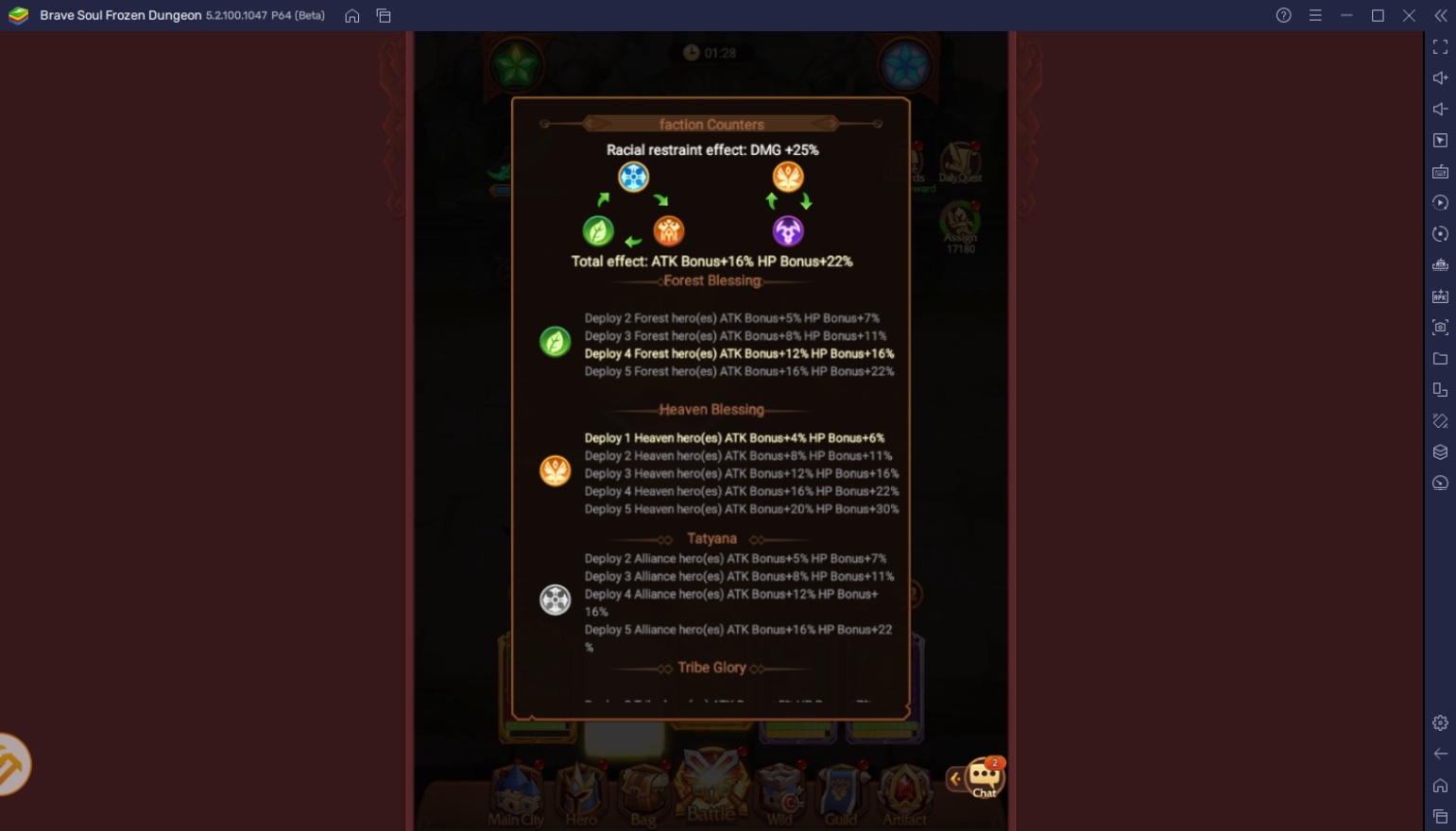
Aside from strength and weakness, allied synergy is also something that players need to keep in mind when building a team. It’s important to note that the team gains bonus health and attack when building a team with at least two or more heroes from the same element, except light and dark units, which only require one hero. This means that there are times when a mono-element is strong and others where it can be a weakness. For now, stick to collecting multiple heroes first for your team.
Role & Class
Players may notice that each hero has a category on their specialization in combat. While the game doesn’t show a solid indicator of roles and classes, these specializations determine what they can do in combat. Understanding the role and class of a hero is essential in team building because it determines how many of that specific character you want to have on your team. Brave Soul: Frozen Dungeon makes it complicated since you need to determine what role they play according to their specialization.
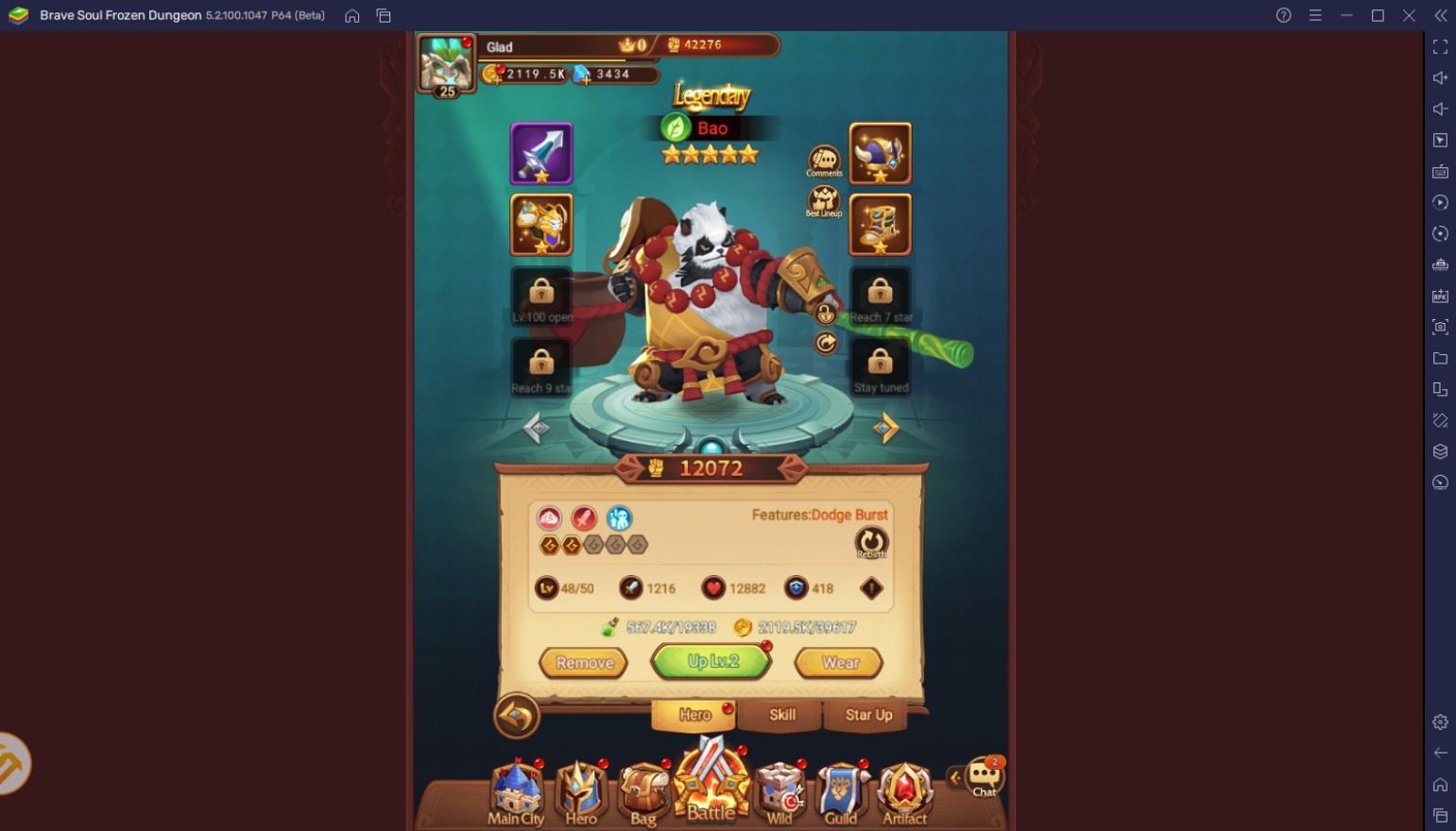
Essentially, players want to have 1-2 support classes, 1-2 tanks, and a good balance between physical and magic attackers. Tanks allow players to have a solid frontline, preventing enemies from immediately taking down their damage carries. Supports and healers keep the team alive by controlling the state of the combat. Damage dealers need to have the right balance of AoE, and single-target damage since having both may make it difficult to take down enemies quickly enough to succeed.
Positioning
In relation to roles and classes, positioning can mean life or death for your team. We’ve already mentioned that tanks keep the party alive, but they can’t do that job if they are placed at the back lines of the fight. That’s mostly why tanks and melee fighters with decent defensive stats are placed in front of the team, so they can soak most of the damage that comes your way. There are multiple applications on how this will affect the team’s damage output or ability to survive damage.
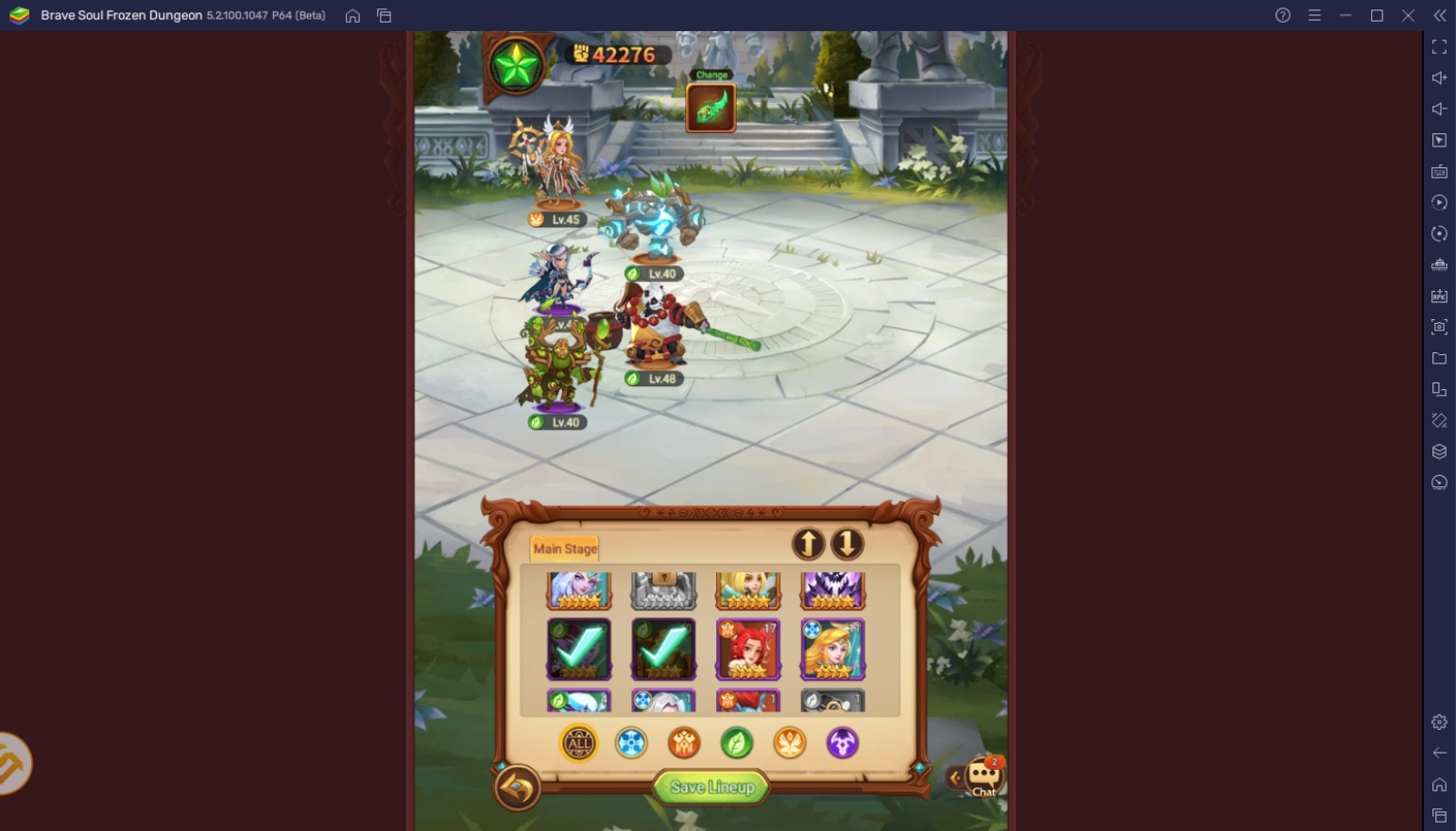
Positioning is probably the least complicated thing to keep in mind in Brave Soul: Frozen Dungeon. If you’re struggling against an enemy that you can fight again, observe their attack pattern and understand which points you think your team is weakest. Adjust your characters’ positioning according to that weakness and get a feel of how you can apply this change in the future. However, it’s good to have a standard positioning set until the need to change arises.
Stat Distribution
Stat distribution is a subcategory of role, class, and positioning. While most of the core points that players need to know about have already been discussed in the previous two tips, players still need to understand the importance of stat distribution in-depth. For example, just because a hero is a melee fighter, that doesn’t always mean they can survive being in the front row. Studying how their stats have been spread allows you to truly determine whether or not they can be a frontline unit.
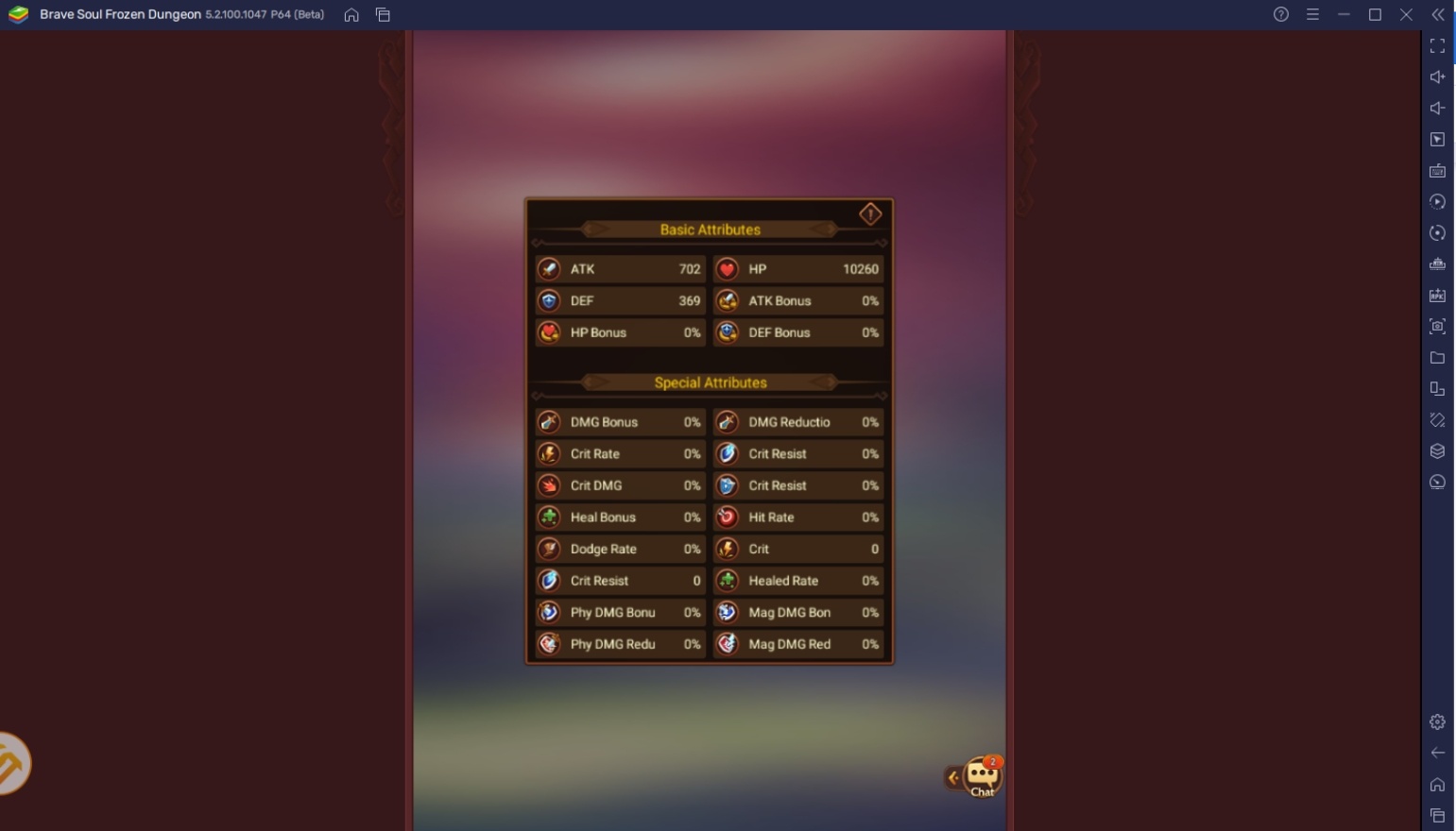
Each hero is distributed a certain number of stats, usually specializing in certain stats because of their class and role. It’s a good idea to have a diverse lineup of heroes who specialize in having certain stats, so that you don’t end up with a subpar team. Remember, you need to take into consideration the stats of the units you want to place on the team. If a non-tank unit overshadows your tank’s defensive stats, it’s best to remove that unit because it has already failed in its initial purpose.
Hero Rarity
Hero rarity is another important factor to keep in mind. This attribute is another important thing to keep in mind and can override the importance of the other tips that we’ve previously mentioned. In our Beginners’ Guide, we’ve mentioned how players need to collect different types of heroes so that they can create various teams. That’s why it’s still valid to just jam every 5-star unit in your collection to the team and make it work consistently.
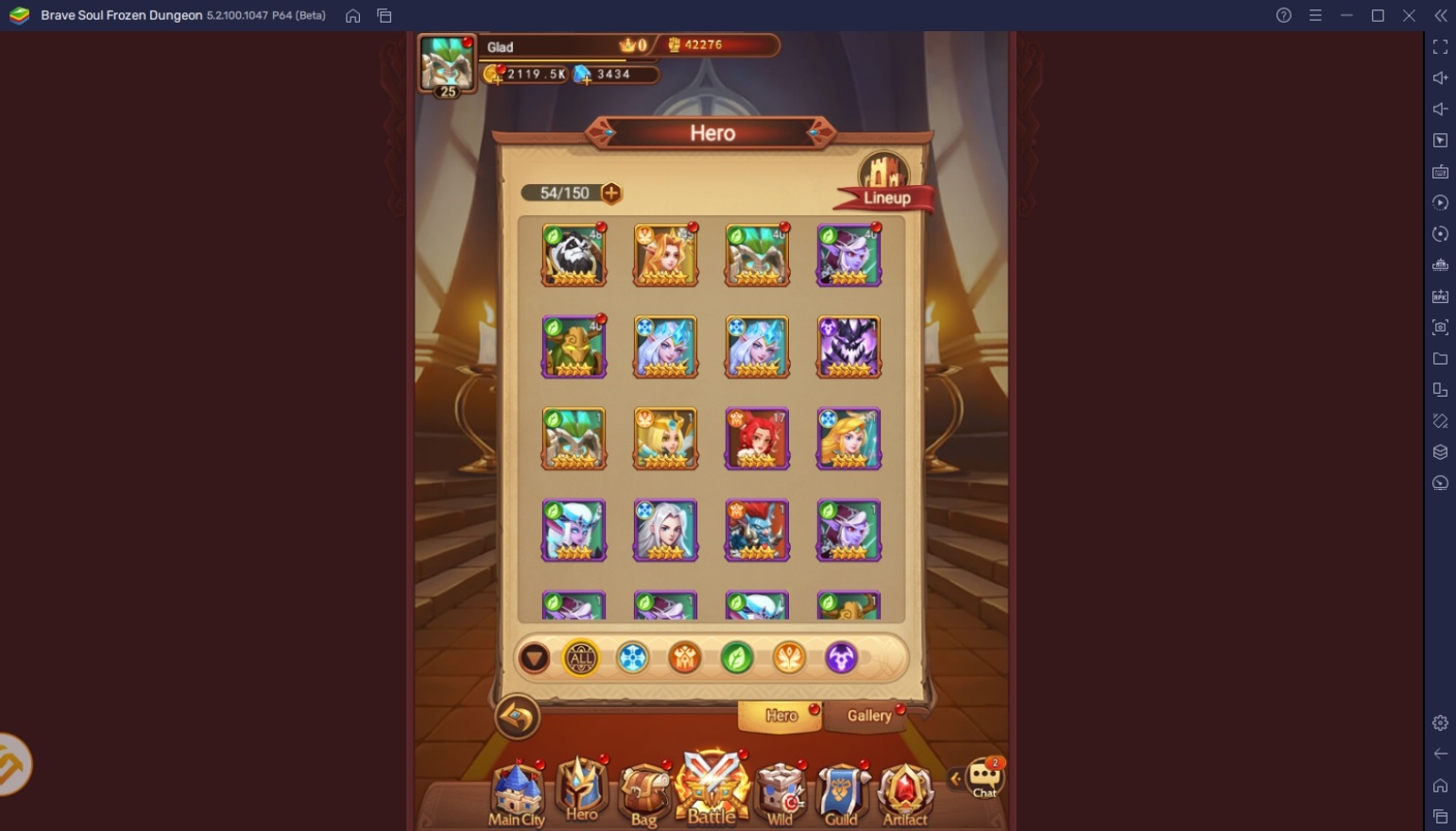
Obviously, that isn’t the best strategy since the above tips apply. Since natural 5-star units have higher base stats than lower-rarity units, they always have the advantage of head-to-head value. That being said, raw stats can easily be overcome when a team works well together and is able to gain other advantages that come with good teambuilding. Of course, you’d always want a pure 5-star team that still applies the tips that we’ve mentioned above.

